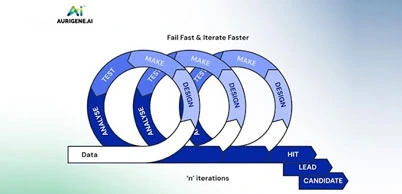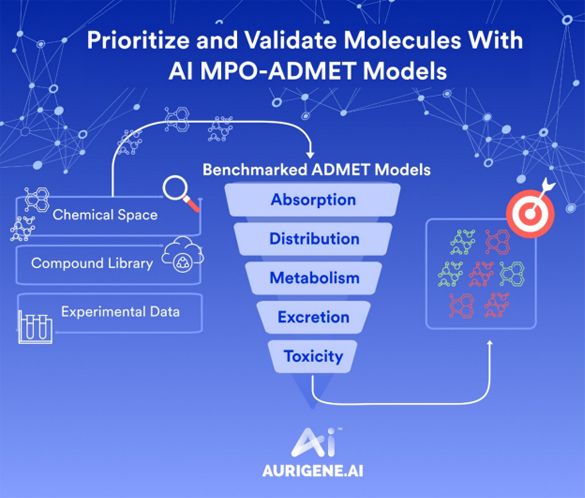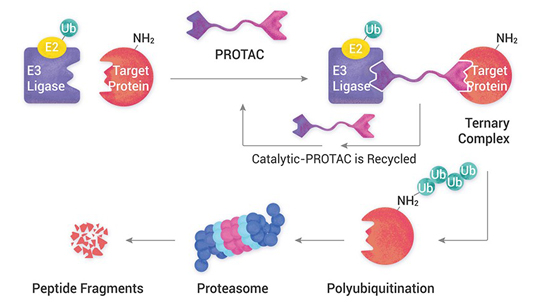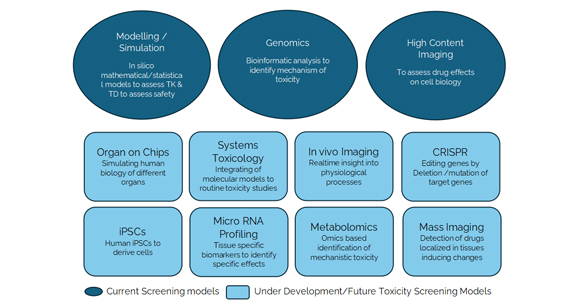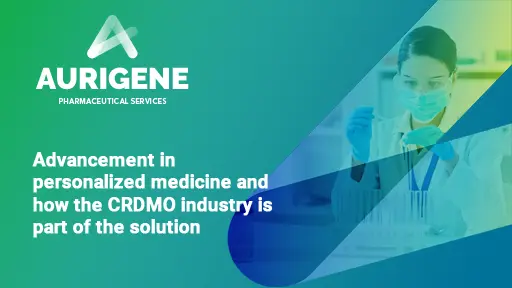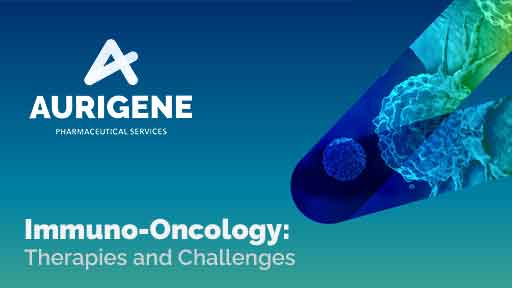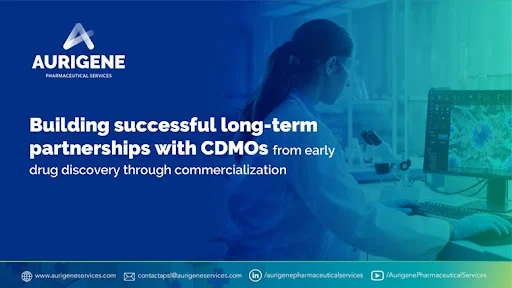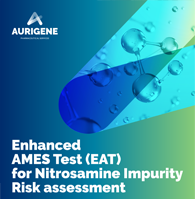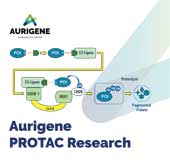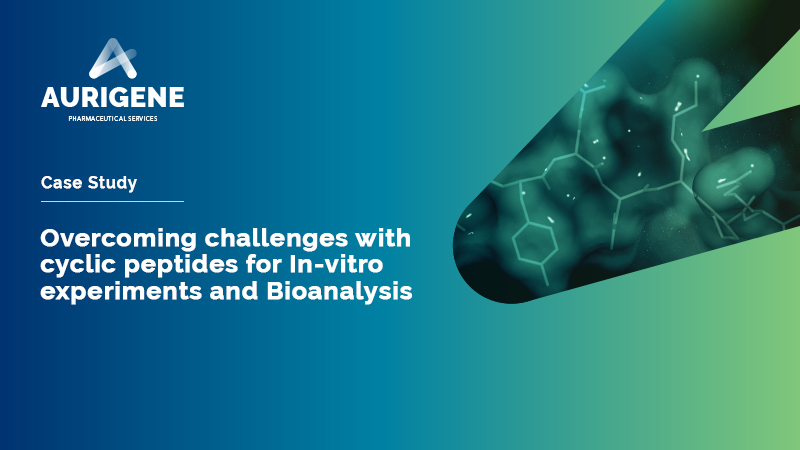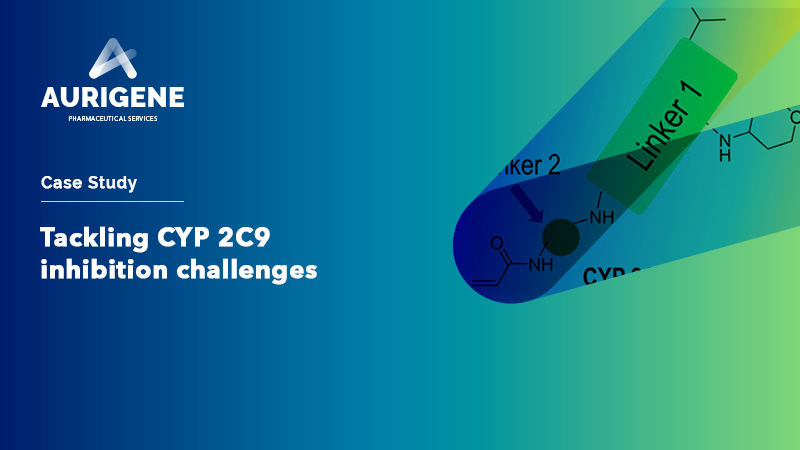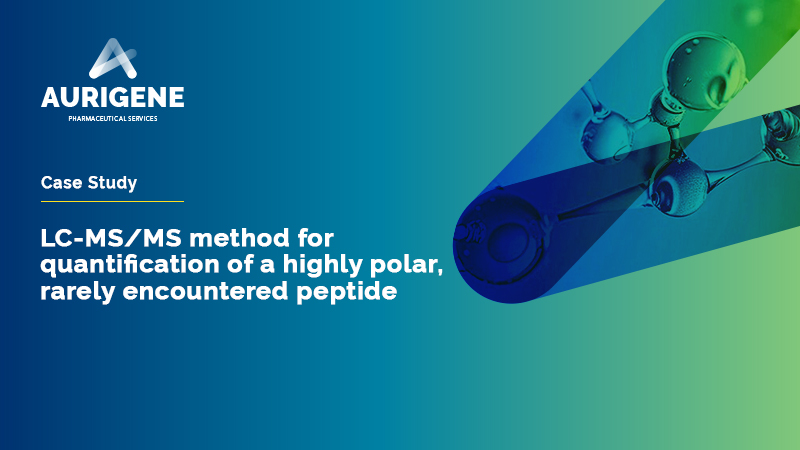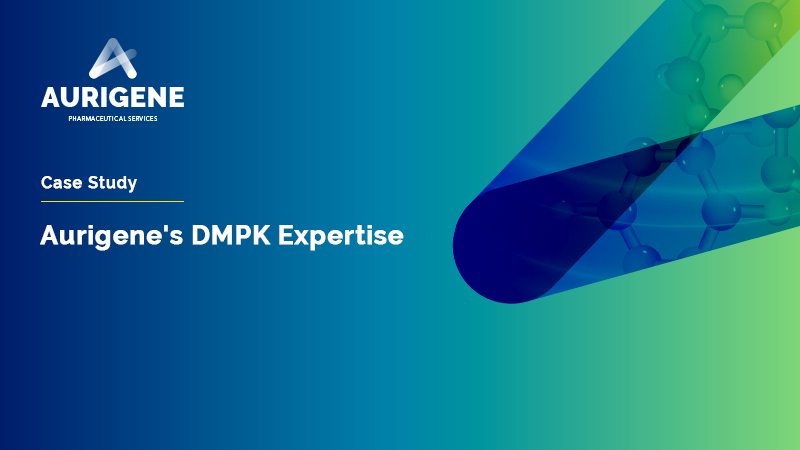The rats that helped us conquer hypertension
In the mid-20th century, cardiovascular diseases were emerging as a silent epidemic, with hypertension (high blood pressure) at its core. Despite growing awareness, no effective treatment was available to manage this condition. However, the scenario changed in the 1950s when researchers accidentally noticed a mysterious phenomenon in a group of rats.

In a lab at the Cleveland Clinic, a researcher named Irvine Page and his team were studying the biochemical pathways involved in regulating blood pressure. They noticed that some of their lab rats consistently developed high blood pressure and selective breeding of these rats developed a strain called Spontaneously Hypertensive rats (SHR). Unquestionably, these rats became the perfect model to study hypertension in a living system, mimicking the disease's progression in humans.
Using these rats, Page and his team discovered Renin-Angiotensin System (RAS), a hormone system that plays a key role in blood pressure regulation. They reported that blocking this system with specific compounds could lower blood pressure. This breakthrough paved the way for the development of the first ACE inhibitors, a revolutionary class of drugs that remains the cornerstone of hypertension treatment to date.
What makes this story worth narrating is how rats—small, often overlooked creatures—became the cornerstone for understanding and treating a disease that affects millions. Without using the rats in in vivo pharmacology testing, the discovery of ACE inhibitors and other antihypertensive therapies would have been delayed by decades.
Understanding in vivo pharmacology
In pharmaceutical research, every breakthrough drug begins with a question: Will it work in the real world? The human body is an intricate, interconnected system—a circuit of biochemical processes where drugs must not only act but also interact harmoniously. This is where in vivo pharmacology steps in, bridging the gap between theoretical discoveries and clinical applications.
Imagine a promising new drug compound, one that has shown exceptional results in cell cultures and in silico models. It demonstrates all the necessary qualities: it targets the disease pathway, shows minimal toxicity in isolated tests, and interacts predictably with proteins. But the human body is not an isolated test tube. It is dynamic, with systems influencing one another in unexpected ways. Even if a drug demonstrates the desired effects in vitro or in preclinical models, its behavior and efficacy within the human body cannot be fully predicted. We need to think: How does the compound behave when introduced into a living organism? Does it get absorbed efficiently? Does it reach the intended target tissue? Will it cause unintended harm to other organs? These questions can only be answered through in vivo studies.
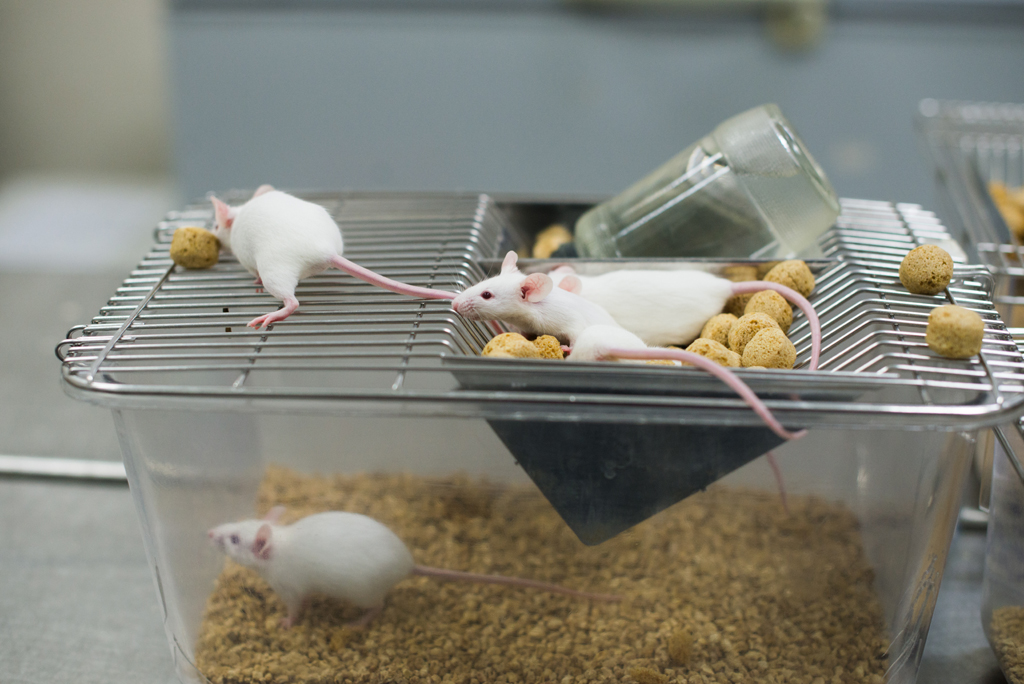
In vivo pharmacology involves testing potential drug candidates in living organisms—most often specialized animal models—to evaluate their efficacy, safety, and pharmacokinetics (how the body processes the drug). But, notably, these are not just routine experiments; they are intricate investigations guided by decades of scientific understanding. They aim to mimic human biological responses as closely as possible, using genetically engineered or disease-induced models to replicate real-world conditions.
In vivo pharmacology occupies a significant space in the landscape of CDMOs. CDMOs serve as partners to pharmaceutical companies, offering end-to-end support in drug development—from initial discovery to manufacturing and regulatory approvals. A CDMO with strong in vivo capabilities goes beyond just running tests; it designs experiments tailored to each drug candidate, identifies potential pitfalls early, and generates reliable data that regulatory authorities trust.
For example, in oncology drug discovery, xenograft and syngeneic models are used to test the effects of cancer therapies. In metabolic disorders, studies on glucose tolerance and lipid metabolism help refine diabetes medications. For pain management, models simulating neuropathic or inflammatory pain provide insights into drug efficacy at various dosages. Importantly, each study is not merely an experiment but a story—a narrative of how a molecule interacts with life.
The integration of emerging technologies, such as AI-driven data analysis and live imaging tools, has further revolutionized in vivo pharmacology. Researchers can now visualize drug interactions in real time, predict toxicity risks using computational models, and extract multi-parametric biomarker data, all while reducing unnecessary animal usage.
Connect with our scientific experts for your drug discovery, development and manufacturing needs
In vivo pharmacology services: A comprehensive overview
Let us look at the pharmacology services commonly offered by CDMOs.
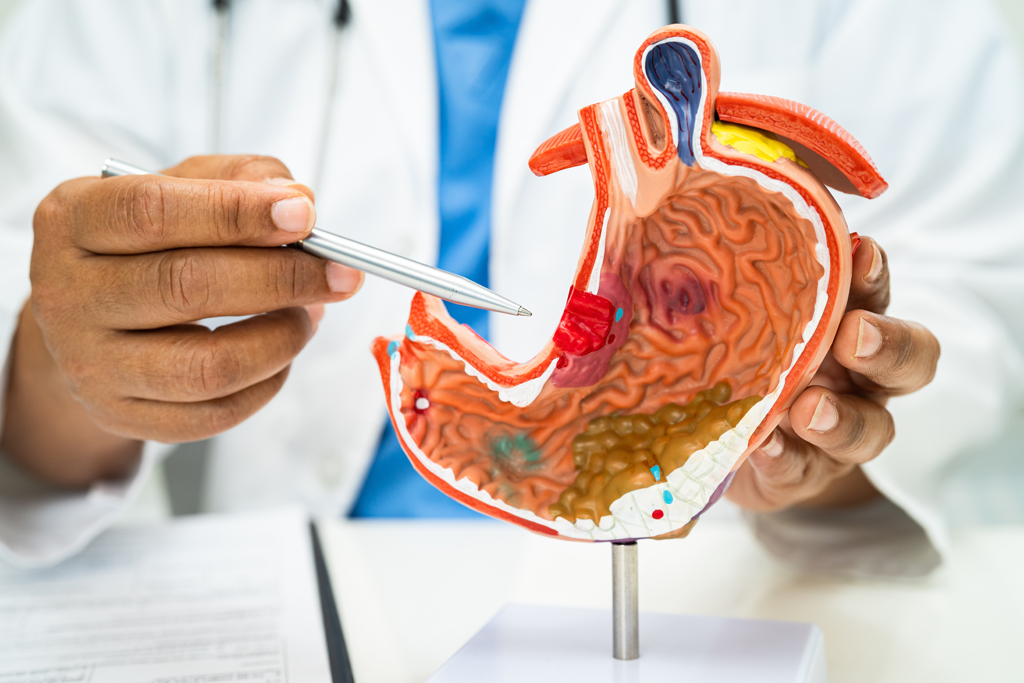
By contrast, syngeneic models use tumor cells from the same species, allowing scientists to study immune responses. Humanized models go even further by engineering animals to express human-specific genes or proteins, enabling more precise drug testing. Genetically engineered models serve as tools to replicate inherited diseases, whereas Induced disease models simulate acquired conditions such as inflammation or metabolic disorders. Each of these models play a unique role, collectively providing insights into disease behavior and therapeutic potential.
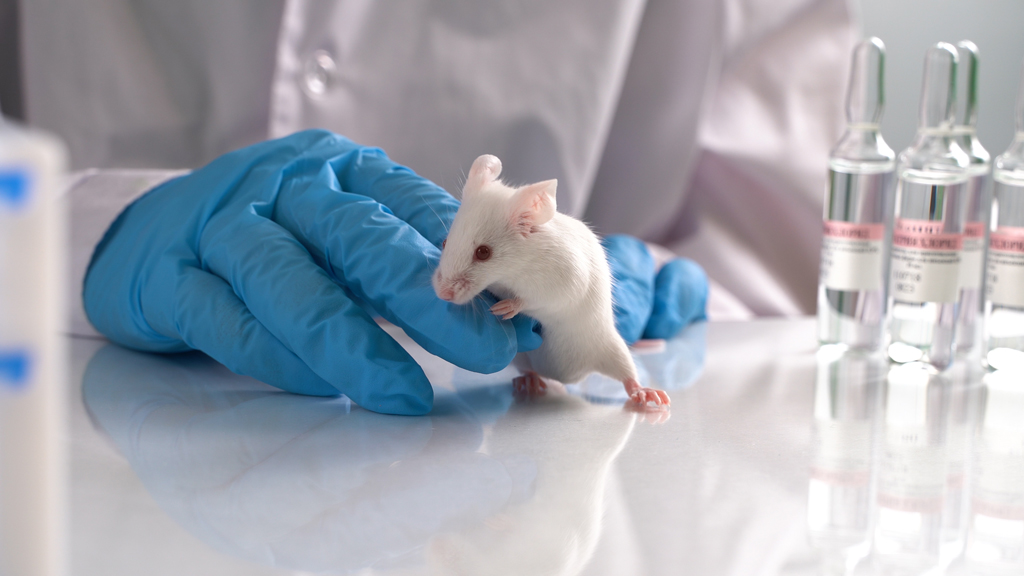
the highest amount a subject can tolerate without unacceptable side effects. Off-Target Toxicity Screening goes a step further to uncover unintended interactions with non-target biological systems. Immunogenicity Testing examines whether biologics trigger immune reactions, which could render them ineffective or even harmful. Together, these studies safeguard against potential risks, ensuring that only the safest compounds move forward in the drug development pipeline.

In vivo pharmacology services encompass a vast array of methodologies and technologies, each contributing to the shared goal of bringing safer and more effective drugs to patients. By leveraging these services, researchers can bridge the gap between discovery and clinical success, ensuring every drug candidate stands on solid scientific ground.
What Aurigene offers
In a rapidly advancing pharmaceutical landscape, in vivo pharmacology is not just about observing effects—it’s about understanding interactions, anticipating challenges, and validating promises. For CDMOs, excelling in in vivo pharmacology is a responsibility—to their clients, to regulators, and most importantly, to the patients waiting for that next life-saving therapy. At Aurigene Pharmaceuticals, this responsibility is met with a commitment to precision, innovation, and ethical excellence. Our in vivo pharmacology services are not isolated experiments but carefully crafted narratives, designed to answer critical questions and drive therapies closer to reality.
- AAALAC OLAW accredited rodent and dog vivarium facility
- Institutional Animal Ethics Committee (IAEC)/CCSEA approved experimental protocol
- Institutional Bio Safety Committee (IBSC) registered
- Pollution board registered bio-waste disposable management systems
- OECD-GLP compliance/approved toxicology facility
- Comprehensive animal model facilities
- Relevant equipment such as plate readers, RT-PCR machine, Automatic western blot and Flow cytometer for cytokine and biomarker evaluation
- Infrastructure for rodent pain evaluation such as Hargreaves analgesiometer, Randall selitto, Vonfrey Filaments, and Incapacitance meter
- Specialized in vivo imaging system for monitoring the systemic tumors in oncology efficacy models
- Ethovision for live animal behavior tracking and automatic stereotaxis apparatus for the implantation of cannula in to brain and precise injection of test substances in to specific brain regions
Aurigene services
Tailored in vivo pharmacological solutions
General In Vivo
Pharmacology
Assessment of drug effectiveness and early toxicity for small compounds and large molecules.
Pain Models and
Measurements
- Acute and chronic
inflammatory pain - Visceral pain
- Arthritic pain
- Neuropathic pain
Inflammation and
Autoimmune Disorders
- Neurological, respiratory, arthritis, skin, gastrointestinal diseases
- Dermatitis, psoriasis, colitis, fibrosis, asthma, multiple sclerosis
Metabolic
Disorders
- Diabetes and obesity models
- OGTT, IPGTT, IVLTT, and euglycemic clamp studies
- Anti-dyslipidemic and anti atherosclerosis efficacy evaluation models
Oncology
Models
- Xenograft and syngeneic tumor models for various cancer types
- Subcutaneous , orthotropic and liquid tumor implantation in mice
- Specilized Xenograft models for CART evaluation and syngeneic models for immunotherapy evaluation
Miscellaneous
Studies
- Blood and splenocyte assays
- Cytokine and biomarker evaluation
- Serum iron and hepcidin expression studies
- Post-operative ileus, gastric emptying, and intestinal motility studies
- Anti-acne evaluation
Specialities
Pain Management
- Expertise in acute, arthritic, and neuropathic pain models
- Collaboration with top pharmaceutical companies
- Experience in conducting acute and chronic PK/PD efficacy models with biomarker evaluation in plasma and tissues
Inflammatory and Autoimmune Diseases
- Development of cutting-edge in vivo models
- Focus on arthritis, psoriasis, and colitis
- Proven experience in filing multiple INDs in inflammation
- Ability to establish and validate disease-specific/target-specific models in a time-bound manner
Metabolic Disorders
- Extensive experience in diabetes, obesity, and atherosclerosis
- Customization of animal models for client needs
- Proven track record in filing multiple INDs in metabolic disorders

Oncology
- Large collection of tumor models
- Expertise in lung, breast, colon, prostate, and ovarian cancers
- Advanced experience in oncology-specific biomarker analysis
Advanced Assays
- Cytokine and biomarker analysis
- Muscle regeneration and oxidative stress evaluations
- GLP-approved histopathology and clinical pathology labs
Animal Model Expertise
- Over 45+ validated animal models across multiple therapeutic areas
- Ability to establish and validate disease-specific/target-specific models efficiently
- Compliance with CPCSEA guidelines, OLAW & AAALAC requirements ensuring the highest standards of animal welfare
Integrated Expertise
- In-house experienced pathologists, clinical pharmacologists, and veterinarians
- Extensive expertise in acute, chronic PK/PD studies and efficacy models
- Strong capabilities in biomarker evaluations across plasma and tissues
This comprehensive list highlights Aurigene Pharma's broad expertise across multiple therapeutic domains, showcasing its capabilities in delivering high-quality, customized preclinical solutions.
Case studies
Transforming Cancer Treatment: Dual Therapeutic Strategy Shows Promise
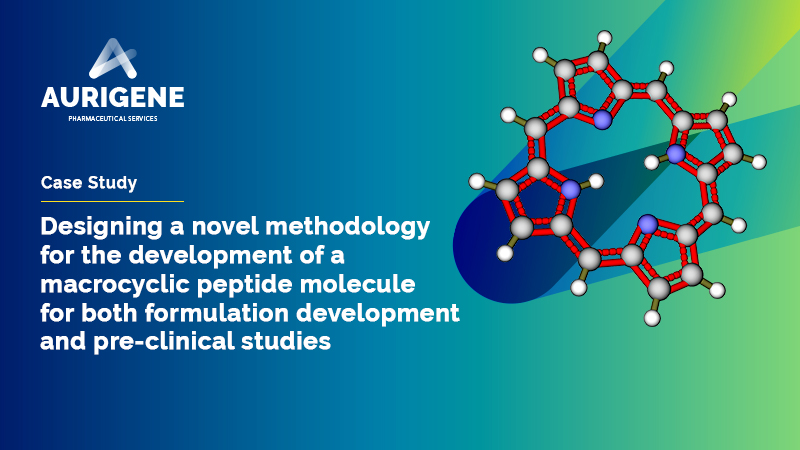
Our latest research in the CT26 syngeneic tumor model reveals a groundbreaking approach combining a novel test compound with an anti-PD1 antibody, achieving a significant reduction in tumor volume and notably enhancing survival rates. With 70% of treated animals showing complete tumor regression and sustained resistance against tumor rechallenge, this dual therapy approach highlights a potential leap forward in cancer treatment strategies.
Discover more about how we are pioneering the next generation of oncological therapies and their translation from pre-clinical success to clinical trials by downloading our full case study.
Discover Breakthrough Pharmacokinetics Insights with Aurigene
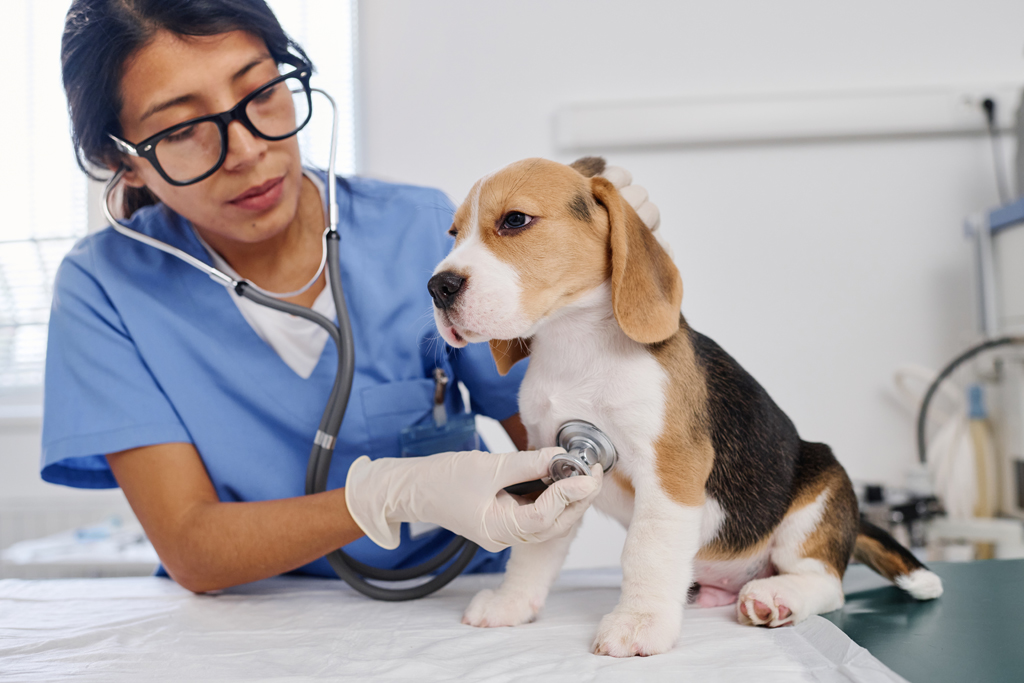
Our latest case study showcases a comprehensive pharmacokinetic analysis of a compound administered via both intravenous and oral routes to female beagle dogs. This study highlights significant findings on bioavailability and systemic clearance and emphasizes the potential of the compound for human clinical trials in humans. Dive deeper into our research methodologies and groundbreaking outcomes to explore how our studies pave the way for innovative drug development.
For more details, visit our case study.
In vivo pharmacology: the road ahead

In the evolving CDMO space, in vivo pharmacology services are undergoing significant advancements driven by technological integration, translational research focus, and market demands. Integration of advanced technologies, such as AI, machine learning, and bioinformatics, is transforming in vivo pharmacology by enhancing predictive capabilities and streamlining drug discovery pipelines. This approach not only reduces costs but also accelerates timelines and improves the accuracy of pharmacological assessments. Additionally, there is a marked focus on translational research, ensuring that in vivo studies bridge the gap between preclinical findings and clinical outcomes, ultimately improving the reliability of human pharmacokinetic and pharmacodynamic predictions.
CDMOs are also investing heavily in specialized disease models, particularly in oncology, neurodegenerative disorders, and rare diseases, where precision in pharmacokinetic and pharmacodynamic evaluations is paramount. These models enable researchers to simulate complex disease mechanisms and evaluate therapeutic responses more effectively. Aurigene’s breadth of models (e.g., acute/chronic pain, autoimmune diseases, oncology, metabolic disorders) and their validation with industry-standard compounds reflect a high level of specialization and client-focused service. This positions them competitively in the in vivo pharmacology domain, suggesting a level of capability and expertise that not all CDMOs possess.
The rise of biologics and cell & gene therapies is also reshaping in vivo pharmacology services, requiring more sophisticated animal models to evaluate the safety and efficacy of these cutting-edge therapies. Alongside this, high-throughput pharmacokinetic (PK) screening and toxicology studies are becoming standard practices, offering faster and more reliable results to pharmaceutical clients. As outsourcing trends grow, pharmaceutical and biotech companies are increasingly relying on CDMOs for end-to-end in vivo pharmacology services, leading to strategic partnerships and long-term collaborations that ensure continuity and efficiency across the drug development pipeline.
Moreover, geographic expansion into emerging markets, particularly in the Asia-Pacific and Eastern European regions, is becoming a key strategy for CDMOs, offering cost advantages and access to skilled scientific talent. These trends highlight a clear shift towards globalization, technological advancement, and specialized service offerings in in vivo pharmacology, positioning CDMOs as critical players in the pharmaceutical and biotechnology ecosystems.



